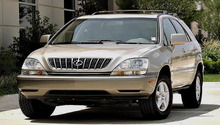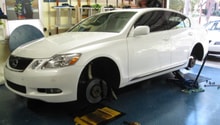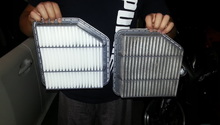Lexus: General Information and Recommended Maintenance Schedule
This maintenance guide will help you get extra mileage, power, and resale from your Lexus. The guide explores self diagnostic measures that ensure you catch any minute mechanical problems before they becomes major.
This article applies to the Lexus IS, GS, ES, LS, and RX (2005-2013).
To get the best performance from any Lexus models, routine and timely maintenance is key. It could be the difference between your Lexus raking in extra miles with little repair costs, or fetching you a better resale value. Lexus recommends maintenance to be done after 5,000 miles or every 6 months depending on your driving habits. Lexus manufacturers have a service schedule available for reference on when maintenance is needed. As a Lexus owner, there are common engine problems you can diagnose with a small amount of vital knowledge.
Engine Oil and Filter
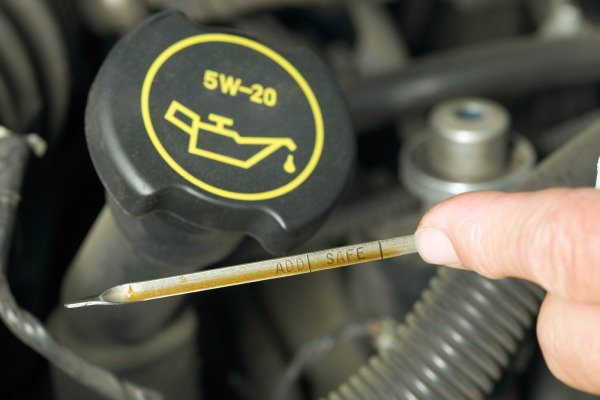
Lexus experts recommend maintenance of filter and oil change in spans of 15,000, 45,000 and 75,000 miles. When oil filters malfunction either by being clogged by dirt, engine performance diminishes and results in a costly breakdown. The oil filter in Lexus models is located on the bottom side of the engine and is covered by a panel fastened by 10mm bolts. To access it, set your Lexus is on a ramp to create room below. If you notice blue smoke from your Lexus exhaust it indicates oil is leaking into cylinders from the fuel injectors and burning. The blue flame also indicates a faulty sensor or faulty fuel pump. Timely oil changes enable you to detect the aforementioned mechanical problems. Changing oil and filter costs for less than $100 according to Repair Pal is a small price to pay compared to bearing costs of an engine breaks down.
Spark Plugs

Cars depend on spark plugs to start and move. The plugs ignite the engine's air and gas mixture to provide the Lexus with propulsion power and maintain its operation. Various Lexus dealers recommend that spark plugs be inspected after 15,000 miles and changed or tuned up after your Lexus rakes in 60,000 miles. However superior spark plug models can be changed after 90,000 miles. When you notice your engine rough idling, misfiring, surging, over consuming fuel, lacking acceleration or failing to start, the spark plugs need replacement. Having Lexus spark plugs replaced costs at most $200. Buying and personally replacing them, with the right tools costs you less than $100 for a task that is less than an hour to complete.
Timing Belt
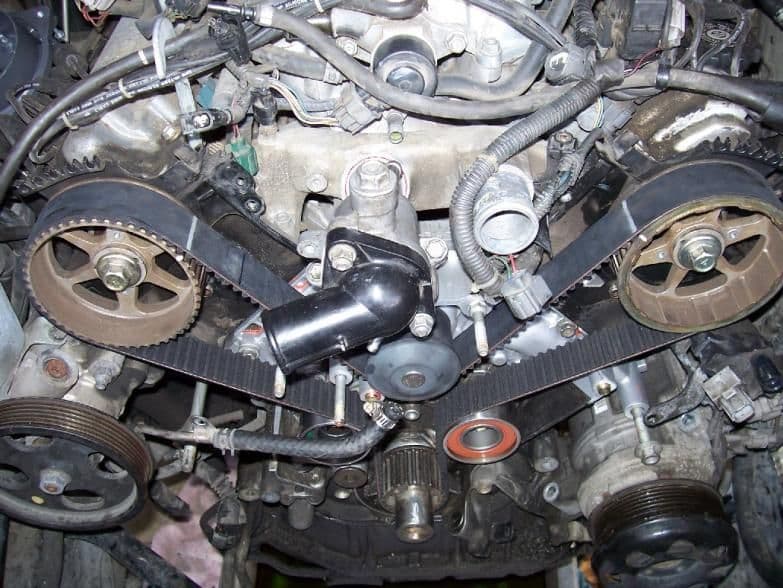
The timing belt is a belt whose inner side has ribs that ride on the crankshaft and operates Your Lexus' camshaft. Timing belt causes the engine valves to open and close at required times. If broken when the engine is running, it causes serious damage to it. Lexus owners recommend the belt be inspected after 15,000 miles and replaced when the vehicle has done 60,000 to 90,000 miles. If you live in areas where temperatures are very hot or cold, motoring experts recommend constant supervision of the belt for possible damage. In such conditions, timing belts don't last as per manufacturers instructions. If Your Lexus has trouble starting it could indicate the belt is worn out. Also if a high pitched sound is heard when the engine is idle or starting, it could be the belt is worn out. Lexus owners recommend a timing belt be replaced after damage is detected at a cost of around $500 to $700. The risk of not replacing is the belt breaking when the engine is in motion and could cost you $3,000 to $5,000 in repairs. When it comes to replacing the timing belt, its better left to experts. However, the belt is easy to spot on the engine.
Brake Fluid
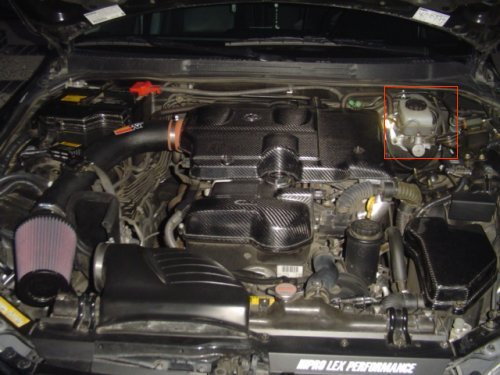
Brake fluid transfers force of a pressed brake pedal onto the wheel hub and lubricates movable parts in braking system to prevent corrosion. Motoring experts advise for brake fluid change after the Lexus has raked from 30,000 miles onwards but inspection after 15,000 miles. Aged brake fluid darkens or has a brownish color with particles, indicators of needs changing. If you suddenly brake and your Lexus takes time to stop, it's another indicator a need to change it or the braking system has moisture. Heat produced during heavy and prolonged braking affects the fluid's operation and also when it vaporizes or air seeps in. However, bleeding the braking system removes air.
Tires

Experts recommend tires be checked for pressure and wear after your Lexus clocks 15,000 miles. But since wear and tear may be uneven, rotating the tires after 5,000 to 7,000 miles evens them out according to Bridgestone Tires. Poor inflation of tires causes uneven wear and tear hence, motoring experts vouch for their constant supervision. Also replacing tires uniformly prevents non-uniform wear and tear. Driving a Lexus with uneven tires causes vibration and roughness and if rims have dents, tires also vibrate. Where wheels are balanced by a non-calibrated machine, the roughness can be detected and the steering wheel vibrates. Hence, Lexus motoring experts advise owners to inquire if the wheel balance machine is well calibrated. A penny test also helps a Lexus owner to know when tires need changing after treads wear out.
Engine Air Filter
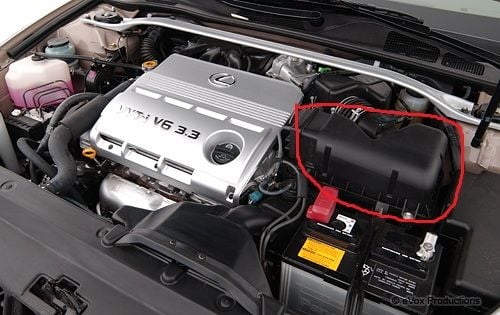
Without the air filter, Lexus engines are prone to sucking in pollutants like leaves, dust, and other things which cause abrasive mechanical damage. A Lexus with a dirt clogged filter has less power and rough idles. Lexus experts advise the filter be examined after 6,000 miles depending on the vehicle's environment and depending on its (air filter) condition. Air filter replacement can begin after 10,000 to 30,000 miles. Its easy to replace the filter at home or garage. If you do it yourself, you only pay for the Lexus' filter, which costs $7 to $70, but a garage job may cost you an extra $50.
Power Steering Fluid

Power steering fluid powers the hydraulic steering system, cools it and holds in suspension dirt and debris. Motoring experts advice that the Lexus' power steering fluid be replaced at between 30,000 to 60,000 miles. The Power steering system in your Lexus is also compromised when air is trapped into it. That causes the steering wheel to whine when turned. it's necessary to regularly supervise the steering system and repair leaks and replacing weak seals. In 5 minutes, you can change your power steering fluid, and it would only cost you $10 for the cost of the fluid.
Fuel Filter
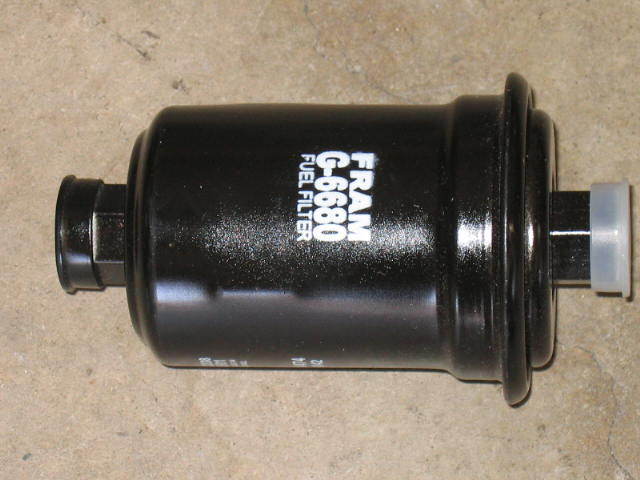
The fuel filter sieves off contaminants from fuel and controls the flow of fuel to the engine. Motoring experts advice the filter be replaced after your Lexus clocks 30,000 miles. Problems with the oil filter can be detected if your Lexus rough idles, slow accelerates, over consumes fuel or is difficult to start. Lexus owners advise going to a credible garage to have your fuel filter changed since a Do It Yourself is not easy. Nonetheless, the fuel filter is located in the fuel pump assembly in the gas tank, located in the back seat. Having an oil filter replaced at a garage may cost you around $150 according to Repair Pal, but if You DIY, without experience, costs can be more.
Related Discussion
- Basic Maintenance Costs - Clublexus.com


